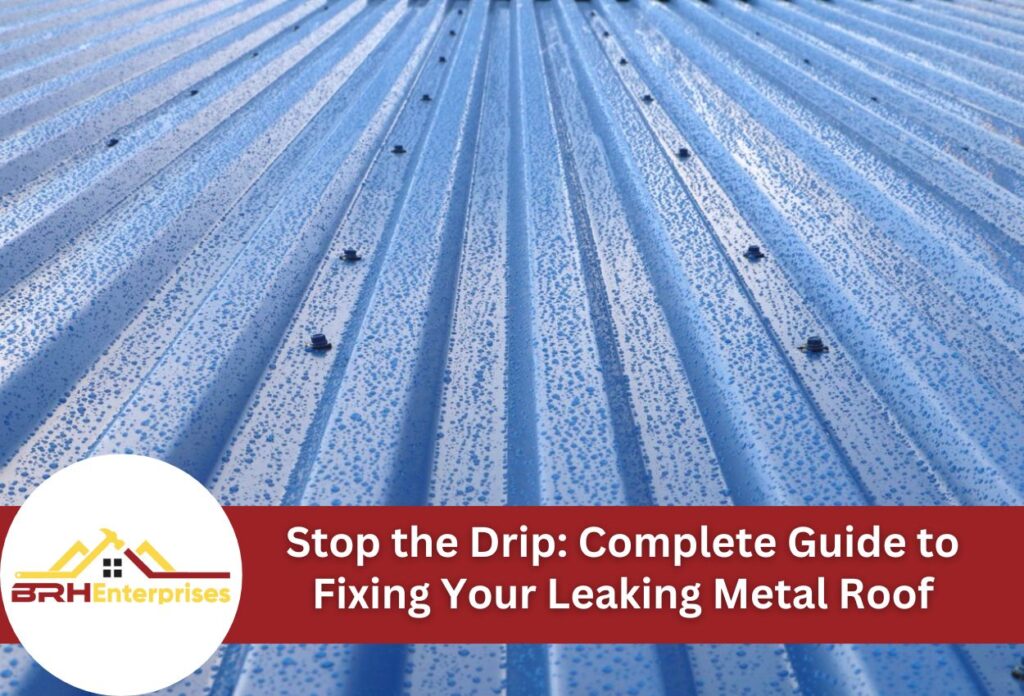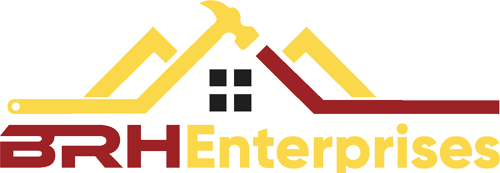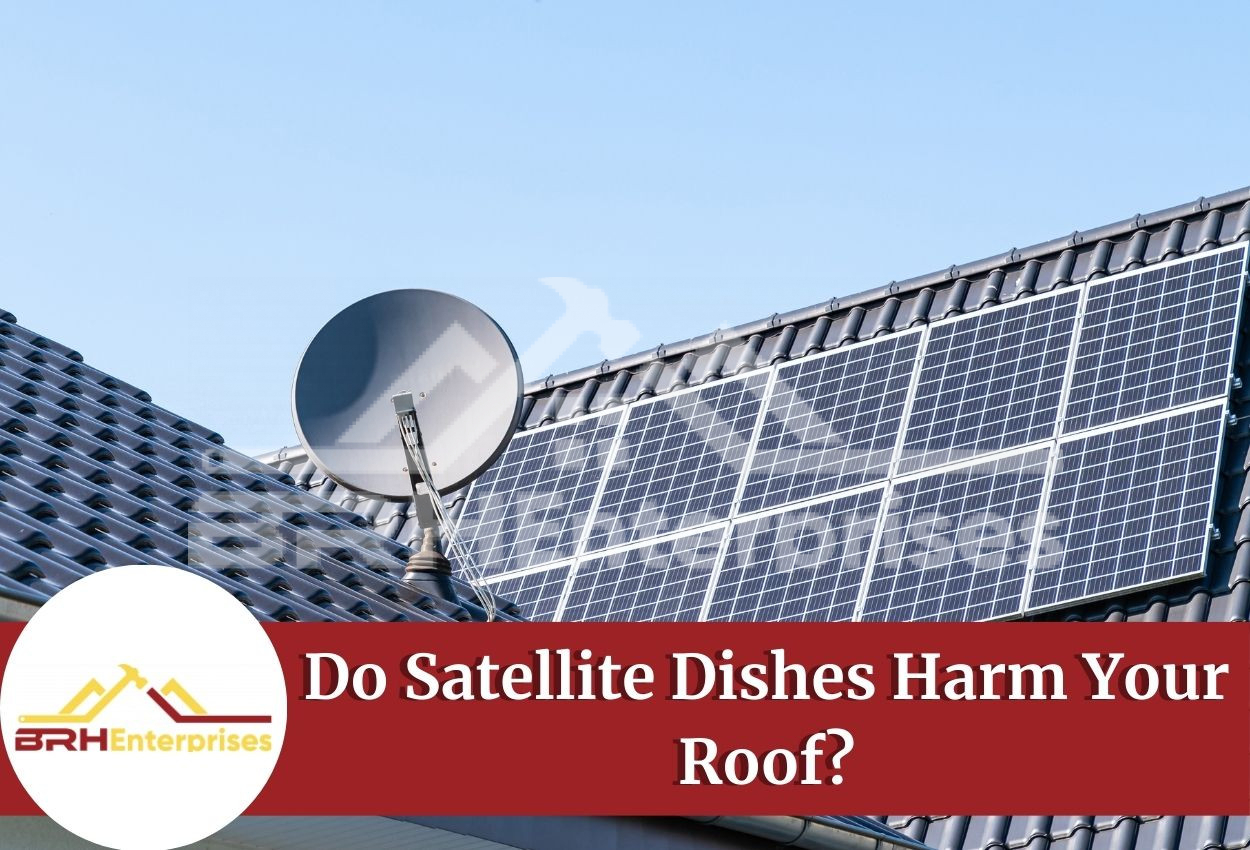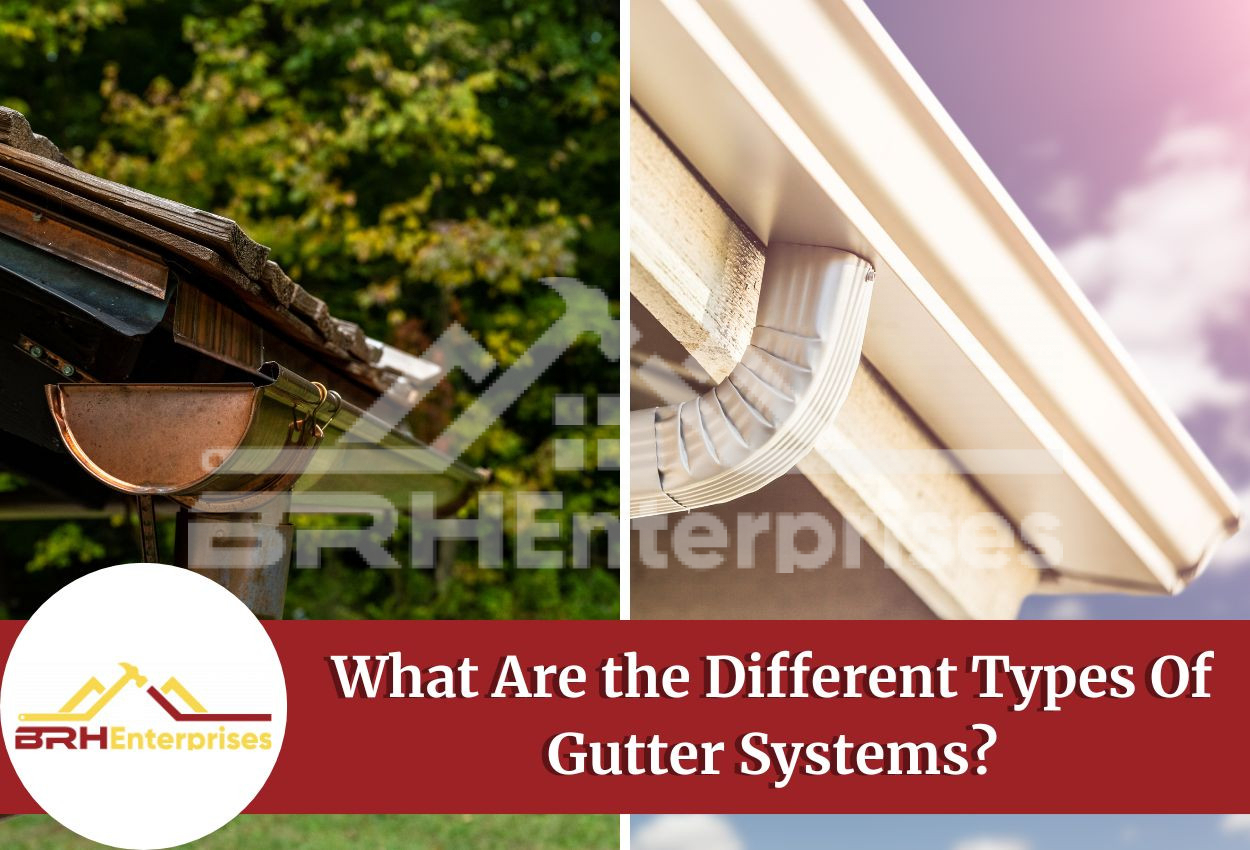
A leaking metal roof demands immediate attention. Whether you’re dealing with rust spots, loose fasteners, or damaged seams, ignoring that telltale drip can lead to serious structural damage, mold growth, and higher energy bills. Metal roofs are known for their durability, but age, severe Wisconsin weather, and improper installation can all contribute to unwanted water intrusion. Identifying the specific cause of your leak is the critical first step toward an effective repair.
Metal roof repair techniques vary based on the type and extent of damage. Small holes might require simple patching, while more extensive damage could need professional intervention. Luckily, many common metal roof leaks can be addressed with DIY metal roof leak sealing methods using readily available sealant products. Most repairs involve thoroughly cleaning the damaged area, applying appropriate sealants, and ensuring proper curing time.
For Southern Wisconsin homeowners, understanding how to fix a leaking metal roof becomes especially important during seasonal transitions when temperature fluctuations can make existing vulnerabilities worse. Patching holes in metal roofs or addressing rust spots requires specific approaches to ensure lasting results. With proper diagnosis and the right materials, many metal roof leaks can be effectively resolved before they lead to expensive interior damage.
Essential Tools and Materials for Metal Roof Repairs
In order to begin work on your roof, you’ll want to collect the needed tools and materials for safety and success. Your tool belt should include a quality caulk gun, wire brushes for surface preparation, tin snips for cutting metal patches, roofing screwdrivers, hammers, and pry bars. Don’t overlook safety equipment either, as a sturdy ladder, non-slip shoes, gloves, safety glasses, and a harness system are non-negotiable for working on Wisconsin’s often steep metal roofs.
When selecting repair materials, consider Wisconsin’s unique climate challenges. Metal roof sealants must withstand our extreme temperature fluctuations from subzero winters to humid summers. Elastomeric sealants offer excellent flexibility for this purpose, while butyl tape works well for seam repairs. For patching holes, keep aluminum flashing or repair patches on hand, along with self-tapping screws specifically designed for metal roofs.
Rust treatment products are essential for fixing rust spots on metal roofing, which are common in our region’s moisture-rich environment. Choose a rust converter that chemically transforms rust before applying new protective coatings. Having a variety of metal roof sealant products ready ensures you can address different types of leaks efficiently. Southern Wisconsin homeowners should select materials rated for our climate zone to ensure repairs last through our challenging seasonal weather patterns.
Identifying the Source of Your Metal Roof Leak
Finding the exact source of a metal roof leak can be extremely hard when you don’t know what to look for, but a methodical approach makes the process manageable. Start your inspection at the most common problem areas: examine all seams where metal panels meet, as separated seams often allow water infiltration. Check flashing around chimneys, vents, and valleys where different roof sections join as well, since these transition areas are particularly vulnerable in Southern Wisconsin’s freeze-thaw cycles.
Carefully inspect all roof penetrations, including vent pipes, skylights, and HVAC mounts. Deteriorated rubber boots or gaskets around these features frequently cause leaks. Don’t overlook fasteners either, as these can back out or develop worn washers over time, creating tiny pathways for water. Rust spots on metal roofs also indicate potential areas of leaks that require immediate attention.
When visual inspection doesn’t reveal the culprit, more advanced detection methods become necessary. Water testing involves systematically spraying areas of the roof while an assistant monitors the interior for leaks or growing water stains. For stubborn leaks, professional roofing contractors in Wisconsin often use infrared technology to detect temperature differences that indicate moisture trapped beneath roofing materials. This technology can pinpoint the source of leaks invisible to the naked eye, saving time and preventing unnecessary repairs to intact sections.
Repairing Damaged Metal Roof Seams and Flashing
Leaking seams and flashing are among the most common issues with metal roofs in Southern Wisconsin. Standing seam roofs require a different approach than corrugated panels when sealing leaks. For standing seam repairs, start by thoroughly cleaning the affected seam with a wire brush and acetone to remove dirt and old sealant. Apply a high-quality butyl tape along the seam, then cover with a compatible metal roof sealant, working it into the seam with a putty knife.
For corrugated roofing systems, clean the overlapping areas and apply sealant beneath the overlap, pressing panels firmly together before securing with new fasteners.
Flashing repairs around roof penetrations demand careful attention to prevent future leaks. When addressing chimney flashing, remove any damaged pieces and install new step flashing that tucks under roofing panels and against the chimney. For vent pipes, replace deteriorated rubber boots with new ones designed specifically for metal roofs. Skylight flashing repairs typically involve removing surrounding fasteners, lifting panels slightly, and installing new flashing with proper overlaps before resealing all joints.
Wisconsin’s freeze-thaw cycles are particularly hard on roof flashings, making proper installation critical. Apply sealant generously at all joints where flashing meets the roof or penetration, but avoid excessive amounts that prevent proper drainage. For long-term protection against harsh weather, consider applying a compatible metal roof coating over repaired seams and flashings once sealants have fully cured.
Addressing Rust and Corrosion on Metal Roofs
Rust spots are more than just an eyesore — they’re the beginning stages of serious deterioration that can lead to leaks. Wisconsin’s humid summers and snowy winters create perfect conditions for corrosion to develop on metal roofs. When you discover rust on your metal roof, immediate action is necessary to prevent it from spreading and compromising your roof’s integrity.
The first step in treating rust spots involves thorough preparation. Use a wire brush to remove loose rust particles, working until you reach solid metal. Once cleaned, apply a quality rust converter product, which chemically transforms the rust into a stable compound that prevents further oxidation. After the converter dries completely, apply a metal primer specifically formulated for exterior applications. This creates a protective barrier before patching.
For long-term protection, consider applying an elastomeric coating over the entire roofing surface after repairs are complete. These specialized coatings expand and contract with temperature changes, providing a waterproof barrier that resists future corrosion. In Southern Wisconsin, preventative maintenance, including annual inspections and prompt treatment of new rust spots, will significantly extend your metal roof’s lifespan. Adding zinc strips near the roof peak can also help prevent moss and algae growth that traps moisture and accelerates corrosion.
Patching Holes and Replacing Damaged Metal Panels
When your metal roof develops holes or severely damaged panels, proper repairs become essential to maintain waterproof integrity. For small holes up to quarter-size, start by thoroughly cleaning the area with a wire brush to remove rust, debris, and loose material. Apply a thin layer of roofing cement around the hole, then press a metal patch at least 2 inches larger than the damage on all sides. Secure the patch with self-tapping metal roofing screws placed every 1 to 2 inches around the perimeter, then cover the entire repair with roofing sealant.
Larger holes or extensively damaged sections often require complete panel replacement. Begin by removing the fasteners securing the damaged panel, working from bottom to top. Take precise measurements of the original panel, including length, width, and profile shape, to ensure your replacement matches perfectly. When installing the new panel, apply butyl tape or sealant to all overlapping edges before securing with new fasteners that have rubber washers to prevent water intrusion.
In places that receive heavy snow loads and ice dams that cause panel damage, it’s crucial to maintain proper panel alignment during replacement. Ensure correct overlap direction to channel water downward rather than underneath panels. For extensive damage covering multiple panels, consult with a professional Wisconsin roofing contractor to evaluate whether underlying structural issues might be contributing to the problem and ensure proper water management across the roof.
How Do You Know When You Need A Professional?
While many metal roof repairs can be handled as DIY projects, certain situations demand professional expertise. If your metal roof has extensive damage spanning multiple panels, shows signs of structural weakness, or if the leak persists after multiple repair attempts, it’s time to contact a professional. Safety concerns also warrant professional intervention — particularly with steep roofs or those higher than one story, which are common in southern Wisconsin’s architectural landscape.
Complex issues like widespread rust deterioration, major storm damage, or improper initial installation typically require professional assessment and repair. Additionally, if your metal roof is still under warranty, DIY repairs might void that coverage. Professional roofers have specialized equipment for safely accessing difficult areas and detecting hidden moisture problems that DIY inspections might miss.
When selecting a qualified metal roofing contractor in southern Wisconsin, start by verifying proper licensing and insurance. Ask potential contractors about their specific experience with metal roof repair techniques and request local references. Reputable contractors will provide detailed written estimates and explain exactly how they plan to fix your leaking metal roof. Ask whether they offer warranties on their repair work and what maintenance they recommend to prevent future leaks. Taking time to select the right professional ensures your metal roof receives proper care that extends its lifespan and maintains your home’s protection through Wisconsin’s challenging seasons.
Expert Metal Roof Repair in Southern Wisconsin With BRH Enterprises LLC
If you’ve noticed signs of wear or leaks in your metal roof, it’s crucial to address these issues quickly to avoid further damage to your home. Whether you’re facing rust, corrosion, or leaks, sometimes the damage might be too complex or extensive for a DIY fix. That’s where BRH Enterprises LLC comes in. With professional expertise in metal roof repairs, we ensure your roof returns to its optimal condition, safeguarding your home against Wisconsin’s harsh weather conditions.
Don’t wait until small leaks become big problems. Call BRH Enterprises LLC today at (920) 249-4228 for a consultation and let us help you secure your home with reliable and durable roof repairs.

Bryce, Master Roofer
Protect Your Home with Expert Roofing
Don’t wait for leaks or storm damage to cause costly repairs. Our experienced roofing team provides fast, reliable service, high-quality materials, and lasting results. Ensure your home stays safe, secure, and looking great—contact us today for a free estimate.




